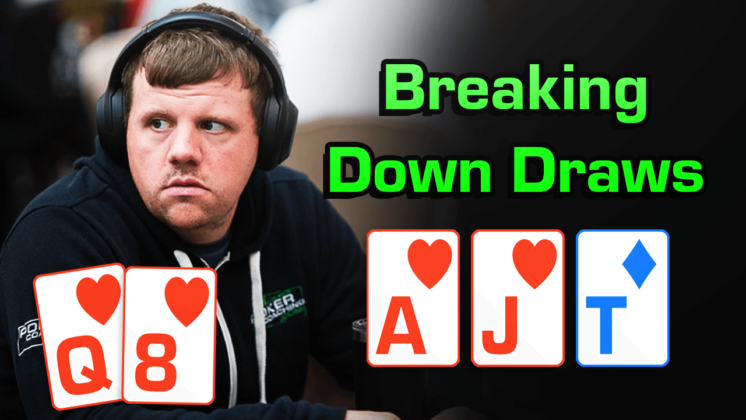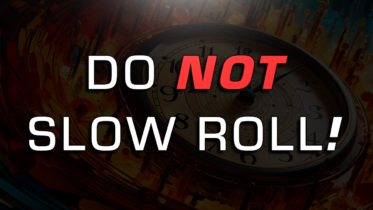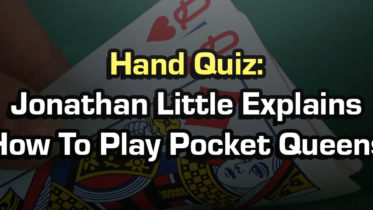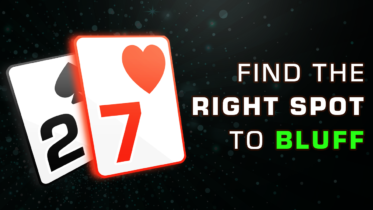Flopping one draw is fantastic, but flopping two draws provides a poker player with endless possibilities. In this poker hand, PokerCoaching.com coach Matt Affleck revisits a hand he played at the Venetian in Las Vegas. Seeing a flop with tons of equity, how did Matt respond? Would you have made the same decisions? Take in this hand from your perspective, and be prepared to apply what you learn.
Scenario: You are 9-handed playing in a $1,600 tournament at the Venetian in Las Vegas. You have a stack of 35,000, and the blinds are currently at 400/800. It folds around to you in the hijack and you look down at Q♥-8♥.
The Game: $1,600 NLH Tournament
Effective Stack: 43 Big Blinds
Hero’s Hand: Q♥-8♥
Preflop Analysis
A lot of players make the mistake of playing overly tight with their ranges. While some players might fold, you should definitely raise this hand for the minimum size. Players at these stakes do not three-bet often enough, allowing you to see more flops with potentially playable hands.
Action: You raise 1,600 and the tight opponent to your left makes the call, along with the big blind. The flop comes A♥-J♥-10♦ and the big blind checks.
Playing The Flop With A Straight Draw And Flush Draw
The Pot: 6,000
The Board: A♥-J♥-10♦
Effective Stack: 42 Big Blinds Effective
Flop Analysis
While it may be difficult playing your range in a multi-way pot, you have a ton of equity on this board flopping both a straight draw and a flush draw. Considering the ranges of your opponents, the tight player in the cutoff has a very limited range since they flatted preflop, and the big blind will be defending with a very wide range. Assessing your options, checking is one worth considering as you can easily call almost any bet and disguise the strength of your draws.
You can go in a couple different directions in this spot, but betting small is the ideal play. When you play in multi-way pots, you want to size down compared to a heads-up hand. Execute a 2,000 bet, and look to hit a flush or straight on the turn.
Action: You bet 2,000 and only the tight player in the cutoff calls. The turn card is the 3♠.
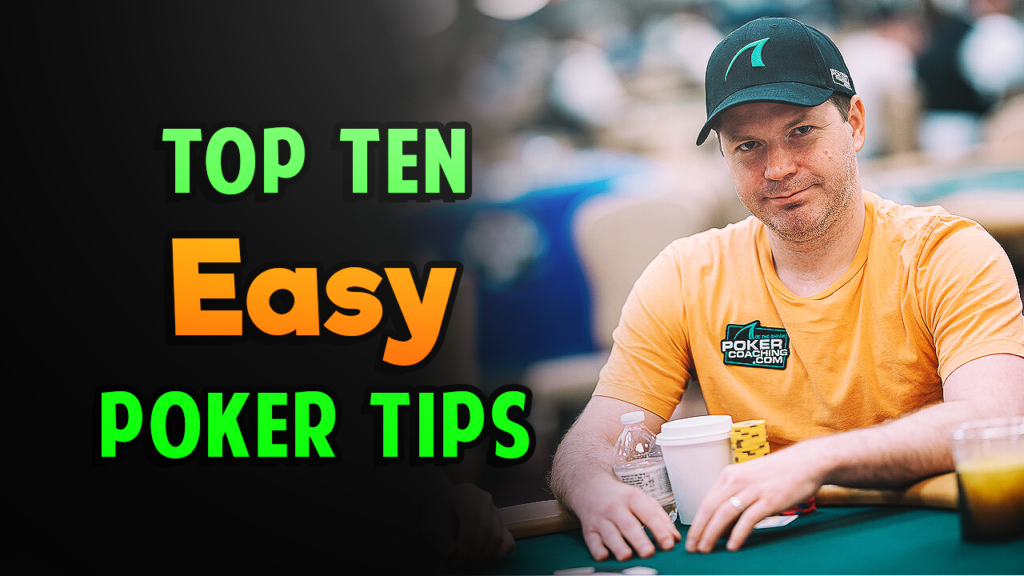
Crush cash games and poker tournaments with Jonathan Little’s Top Ten Poker Tips!
Navigating The Turn Following A Blank
The Pot: 10,000
The Board: A♥-J♥-10♦-3♠
Effective Stack: 39 Big Blinds Effective
Turn Analysis
Much like the flop, you have options on the turn, but of your options which one is most ideal? It is important to note that your tight opponent called a continuation bet in a multi-way pot, which suggests they have a strong hand. Considering their range, they are likely ahead of you with at least a pair.
If you were to bet, you should do so for a large sizing, because if they happen to shove on you you have enough equity to call it off and potentially hit the nuts on the river. While you could rationalize a large bet, it is much better to check and see what your opponent does first.
Action: You check, and your opponent bets 5,000.
Considering Both Calling Or Check-Raising
The only two viable options you have are to call or go all-in. Given the tight image of your opponent, they likely don’t bluff enough and probably have at least two pair. If they had bet larger, moving all-in would be the best play, but facing a half-pot bet you are being given great odds. Make the call, and see if your straight draw or flush draw gets there on the river.
Action: You call and the river is the 5♦. You check and your opponent bets 13,500.
Responding To The Brick River
The Pot: 33,500
The Board: A♥-J♥-10♦-3♠-5♦
Effective Stack: 33 Big Blinds Effective
River Analysis
Having missed all of your draws and facing a large bet from a tight opponent, it’s time to give up and fold. While sometimes you may go all-in in an attempt to force a bluffing opponent to fold, your hand blocks cards you would want your opponent to have in their range.
While it’s never fun to fold, you still have plenty of chips to stick around and make a deep run. Live to fight another day and recognize there is no way your opponent is bluffing.
Conclusion: You make the fold, and your opponent reveals K♦-Q♠. While you may have lost the hand, you can take solace in the fact your read on your opponent was correct.
